Municipal wastewater treatment plants' energy consumption can generally be divided into the electricity used for wastewater lift pumps, sludge treatment, aeration systems, and the thermal energy required for sludge digestion. Additionally, energy is consumed in the production processes of external materials such as flocculants, external carbon sources, chlorine, and activated carbon. Wastewater lift energy consumption accounts for 10%-20% of the total energy consumption, sludge treatment accounts for 10%-25%, and wastewater biological treatment energy consumption (mainly for aeration and oxygen supply) accounts for 50%-70% of the total energy consumption. Excessive energy loss severely hinders the construction and management of municipal wastewater treatment plants, making energy reduction essential for their development.
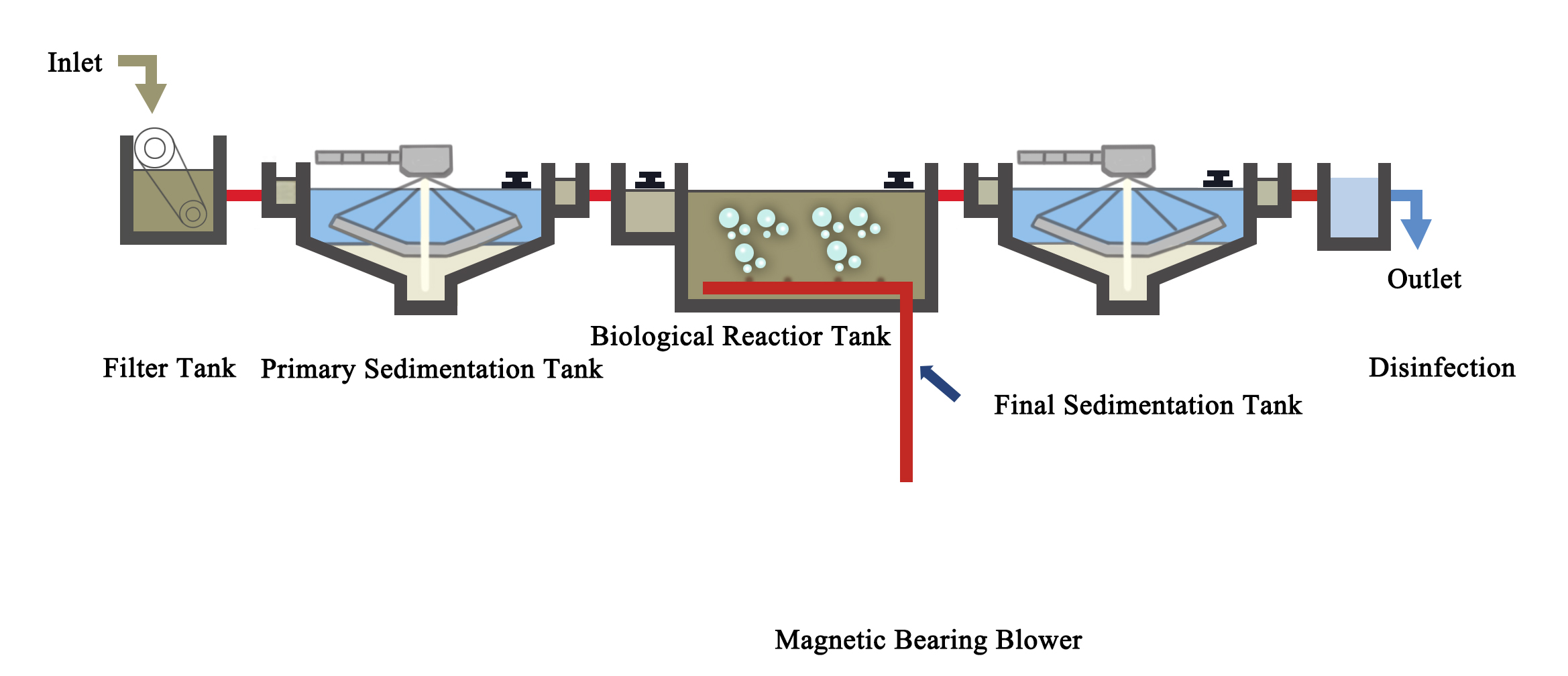
Biological Contact Oxidation Wastewater Treatment
Specific Measures for Energy Saving and Consumption Reduction in Wastewater Treatment Plants:
Energy Saving in Wastewater Lift Systems
Wastewater lift pumps are the main energy-consuming equipment in wastewater lift systems. Energy consumption can be reduced by minimizing the lift height in the design stage. In operational management, the effective working range of the pumps can be expanded by running pump motors at variable speeds to address low efficiency.
Energy Saving in Wastewater Pretreatment
Wastewater pretreatment systems include screens, grit chambers, and primary sedimentation tanks. There is limited potential for energy savings with screens. Grit chambers are used to remove inorganic particles like sand and silt from the wastewater. Common types include aerated grit chambers, horizontal-flow grit chambers, and vortex grit chambers. Aerated grit chambers have higher energy consumption due to aeration equipment, while horizontal-flow and vortex grit chambers have relatively lower energy consumption. Therefore, when the BOD concentration in wastewater is not too high, horizontal-flow and vortex grit chambers should be used to reduce energy consumption.
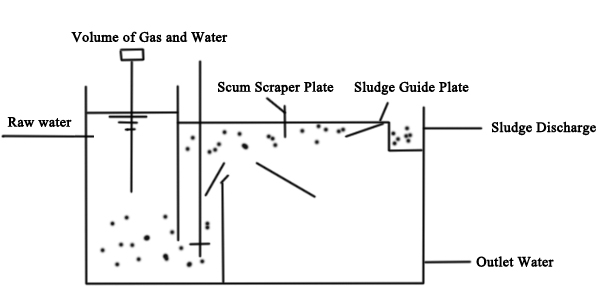
3. Energy-Saving and Emission-Reducing Design in Sludge Treatment
The better the quality of flocculants used in sludge treatment, the higher the energy-saving effect. Low-energy consumption, high-efficiency sludge treatment equipment should be selected, and equipment should be regularly inspected to ensure normative, safe, and scientific operation, reducing potential equipment losses and lowering operational costs.
4. Energy Optimization in Sludge Dewatering Units
Some wastewater treatment plants using oxidation ditch processes may consider extending sludge age appropriately. By reasonably adjusting the sludge discharge time and volume in secondary sedimentation tanks and high-efficiency sedimentation tanks, and controlling the thickening time and incoming sludge concentration in thickening tanks, the efficiency of dewatering machines can be improved, reducing energy consumption. New wastewater treatment plants are often equipped with variable frequency automatic dosing systems, which can control the dosing volume in real-time according to the incoming sludge volume, thereby reducing chemical consumption and indirect energy consumption.
5. Aeration Tank Design
Aeration tanks are the largest energy consumers in municipal wastewater treatment plants and offer the most significant potential for energy savings in wastewater treatment.
Oxygen Transfer Efficiency (OTE) is a crucial indicator of aeration system performance. Improving OTE can significantly enhance energy utilization efficiency. Factors affecting OTE include bubble diameter, airflow rate, diffuser density, and diffuser clogging.
(1) Selecting Fine Bubble Diffusers:
Fine bubble diffusers reduce bubble size, increasing surface area and transfer rate, saving airflow. Compared to perforated pipes, they can save more than 20% in energy. Regularly draining condensate during aeration design is also essential to prevent increased pipeline resistance due to water accumulation.
(2) Airflow Control for Energy Savings:
When selecting blowers, it is essential to add a sufficient safety margin to the calculated required airflow to meet maximum load needs. Generally, the airflow should be reduced appropriately under normal loads, and even more so under low loads. This is necessary for energy savings and to prevent over-aeration and ensure treatment effectiveness. Airflow control is one of the most effective energy-saving methods in aeration systems.
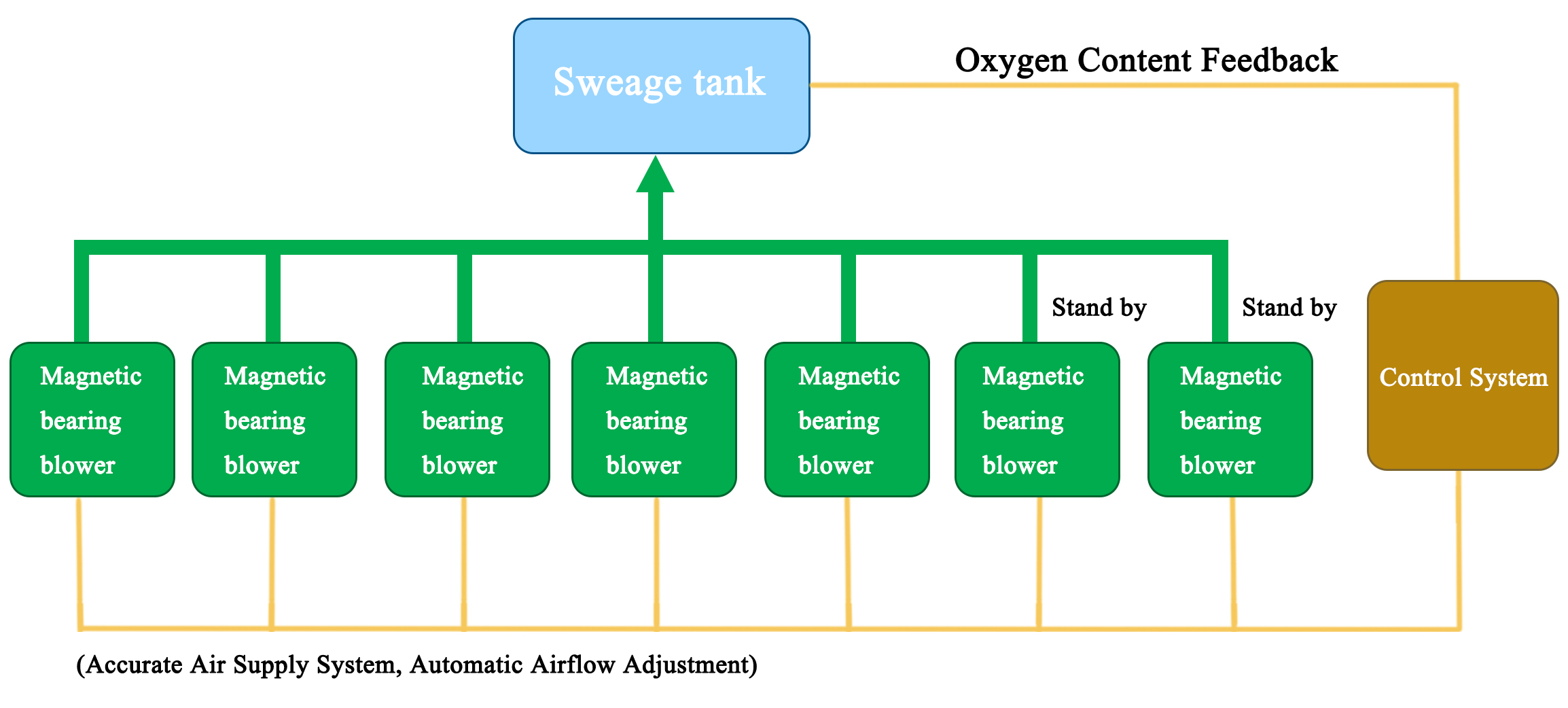
(Accurate Air Supply System, Automatic Airflow Adjustment)
The Most Significant Energy Savings Come From:
6. Selecting More Efficient Aeration Blowers
When choosing aeration equipment, scientific choices should be made based on the wastewater treatment process, the scale of treated wastewater, and the condition of the wastewater. Reducing production energy consumption and increasing operational efficiency are key.
Currently, types of aeration blowers include roots blowers, multistage centrifugal blowers, single-stage geared blowers, air suspension blowers, and magnetic bearing blowers. The most commonly used roots blowers on the market are low in efficiency, noisy, and have high maintenance costs. magnetic bearing blowers are more than 30% more energy-efficient than roots blowers. magnetic bearing blowers are integrated machines with high equipment performance and can automatically adjust speed for precise aeration.
Blower Upgrade Case:
The previously used roots blowers in the wastewater treatment plant had high operational energy consumption, required substantial daily maintenance, produced high noise, and had inconvenient flow adjustment. As their usage time increased, the performance of the blowers significantly declined, and the aeration volume could no longer meet treatment requirements. The original three roots blowers were upgraded and replaced withmagnetic bearing blowers.
Nameplate and Actual Operating Parameters of Roots Blowers:
Blower | Nameplate air flow | Estimate air flow | Nameplate pressure | outlet pressure | Nameplate power | Operation power |
|---|---|---|---|---|---|---|
Roots blower | 70 | 70 | 58.8 | 55 | 110 | 104.2 |
Based on the on-site survey, the depth of the on-site wastewater tank is 5.5m, and the actual water depth is 5m. After assessing the on-site wastewater conditions, the daily required airflow range for the blower is 60-90 m³/min, with one roots blower usually sufficient under normal conditions and two blowers needed when high airflow is required.
According to the operating conditions, one RTB-100 magnetic bearing blower from Marwell Environment was selected to meet daily use needs, with specific parameters as follows:
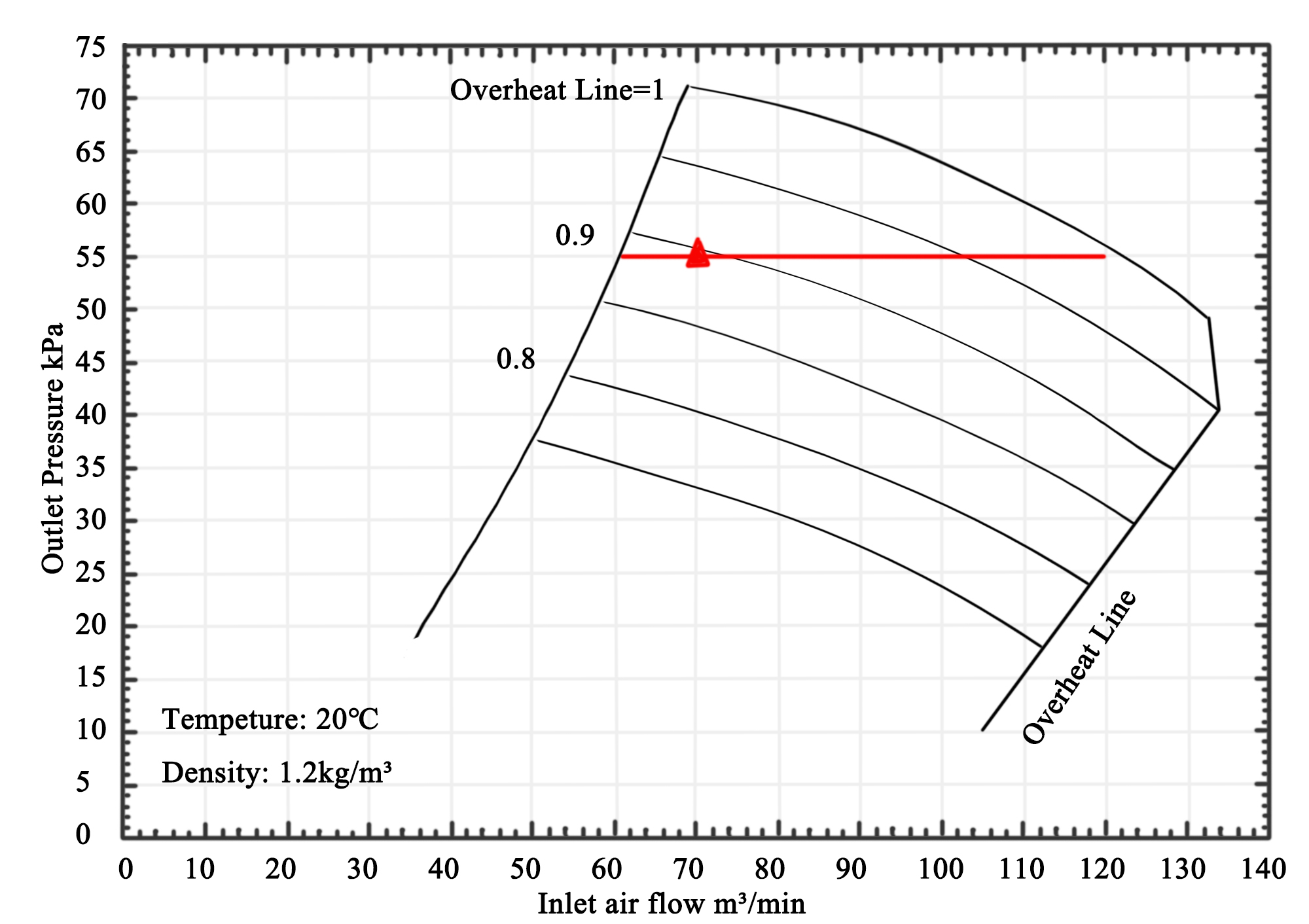
(Performance Curve of RTB-100 magnetic bearing blower)
Operating Point: The actual operating point is marked as "▲" in the above figure.
Flow Rate at Operating Point: 70 m³/min
Pressure at Operating Point: 55 kPa
Power at Operating Point: 74 kW
Flow Range: 62 m³/min to 120 m³/min
In summary, under the same operating conditions, a single magnetic bearing blower fromMarwell Environment saves 30.2 kWh compared to a single roots blower, with an energy-saving rate of approximately 29%. One machine can save 259,720 kWh of electricity annually (8,600 hours/year), resulting in an annual energy-saving benefit of USD2400 (USD0.09 /kWh). The actual operating magnetic bearing blower can adjust in real-time according to on-site conditions, providing precise aeration and even better energy-saving rates.
Blower type | Roots Blower | magnetic bearing blower |
Number of Operating Blowers | 1 | 1 |
Single Blower Flow Rate (m³/min) | 70 | 70 |
Outlet Pressure (kPa) | 55 | 55 |
Single Blower Power (kW) | 104.2 | 74 |
Energy Saving Rate | 29% | |
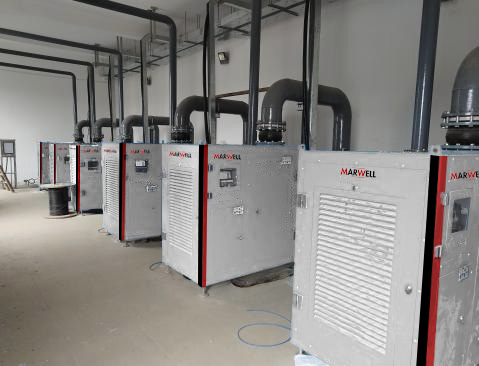
(Project Site)
Advantages of magnetic bearing blowers from Marwell Environment:
High Energy Efficiency: High-speed motor and impeller directly coupled drive without friction, achieving high-speed stepless speed regulation, saving more than 30% compared to traditional roots blowers.
Low Noise: Magnetic levitation bearings use self-balancing technology, reducing vibration to a level an order of magnitude smaller than traditional bearings. The blower features an active vibration reduction design, stable operation, low machine vibration, and blower noise around 80 dB.
Intelligent Control: Real-time monitoring of blower operating status, enabling intelligent and manual multi-mode control of airflow, pressure, and speed. "Magnetic Valley Cloud" enables remote maintenance and debugging.
Maintenance-Free: Magnetic bearing blowers operate without friction, are 100% oil-free and require no mechanical maintenance, only needing filter cotton and filter replacement.
Due to the excellent performance of Marwell Environment magnetic bearing blowers, operating costs have been significantly reduced, and system stability has been improved. They are now widely used in hundreds of municipal projects domestically and internationally. Thousands of magnetic bearing blowers are efficiently saving energy in various regions, continuously helping customers in various industries reduce costs and increase efficiency, receiving unanimous praise from users and industry experts.
In Conclusion:
To achieve energy saving and emission reduction in wastewater treatment plants, resources must be allocated reasonably, high-performance equipment must be introduced, and intelligent control systems must be utilized to ensure environmental protection, efficiency, and high performance in wastewater treatment operations.